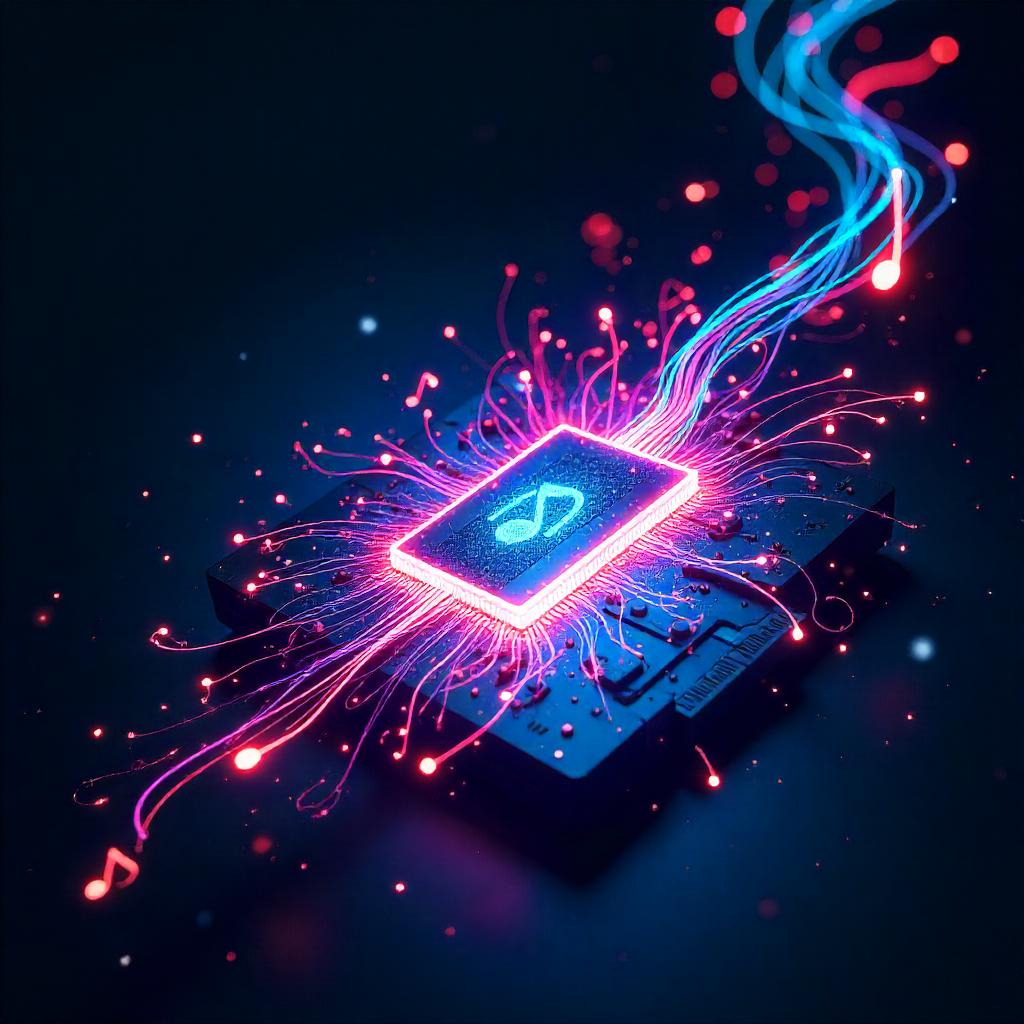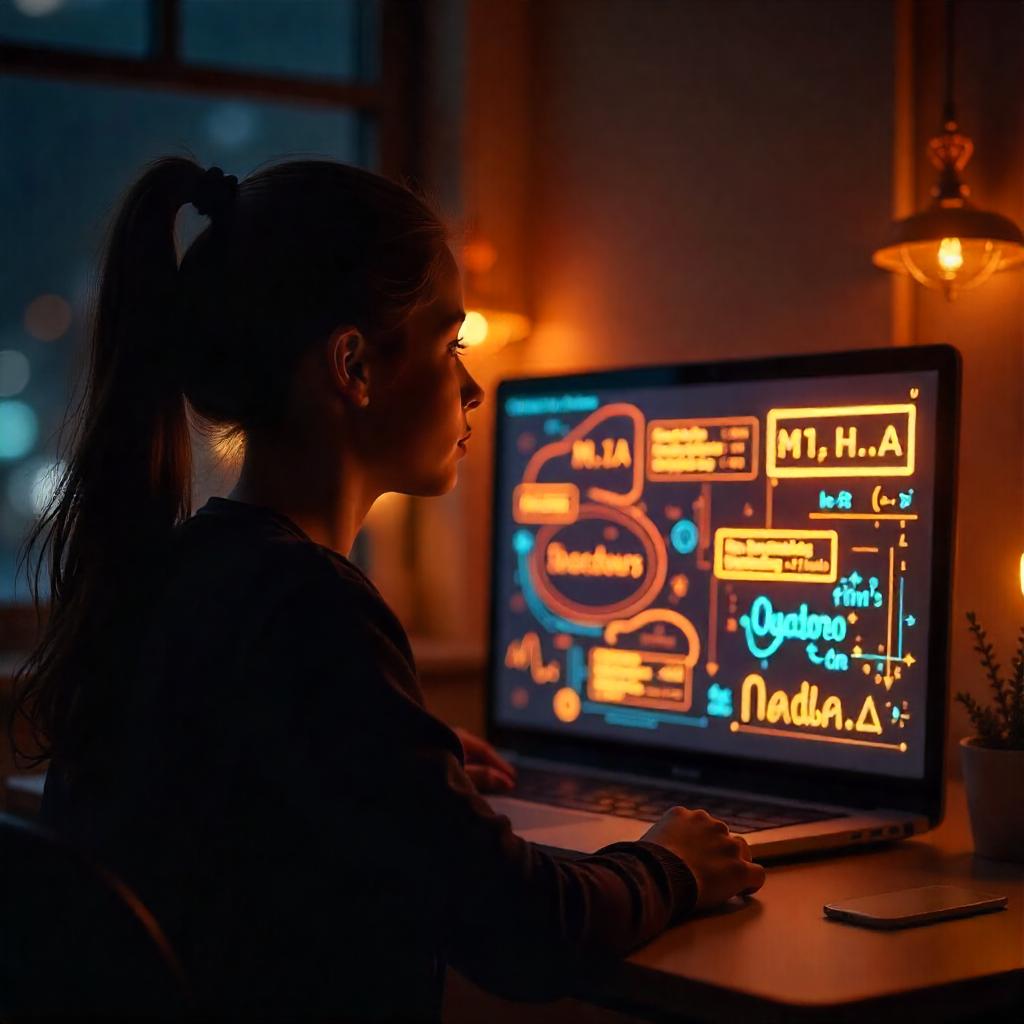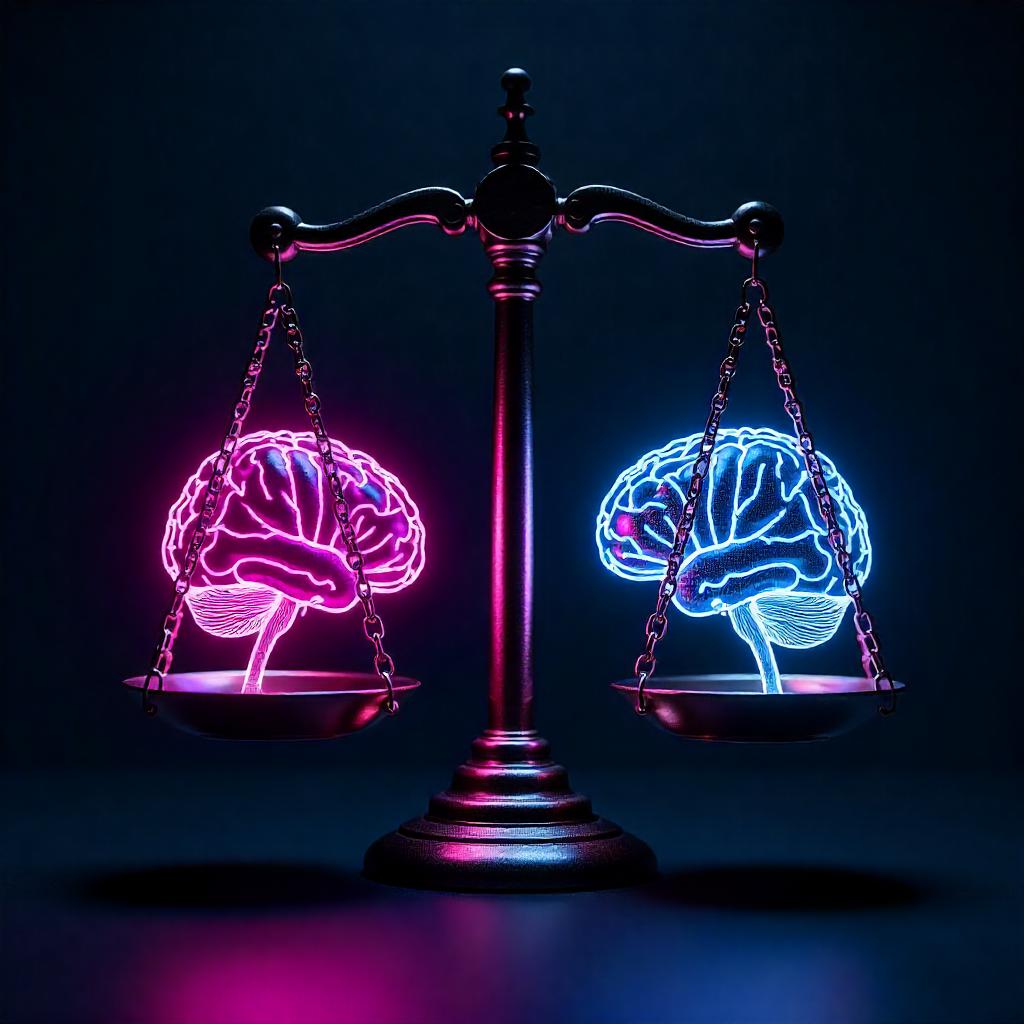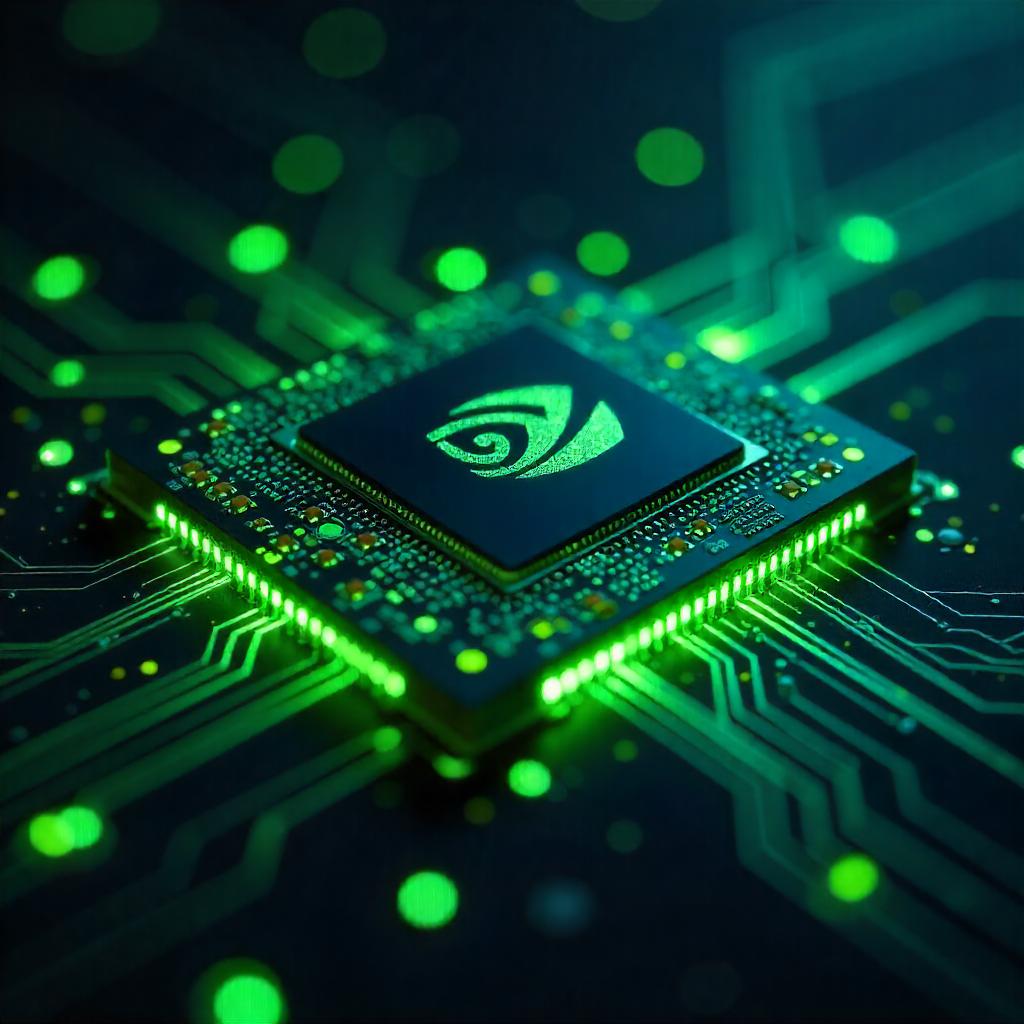The Dawn of a New Creative Era
The surge of generative Artificial Intelligence (AI) has sent ripples, if not shockwaves, through the creative industries. From visual art and music composition to graphic design and creative writing, AI tools are demonstrating astonishing capabilities, blurring the lines between human and machine creation. This rapid evolution presents both exciting new avenues for artistic expression and profound challenges to traditional notions of authorship, originality, and the value of human skill.
The AI-Powered Palette: New Tools for Artists
AI offers a dazzling array of new tools for creators. Image generation models like DALL-E and Midjourney can conjure breathtaking visuals from simple text prompts. AI music generators can compose original scores in various styles, and AI writing assistants can help draft scripts, lyrics, or marketing copy. For many artists, these tools act as powerful collaborators, enabling them to explore new ideas, overcome creative blocks, and produce work at an unprecedented pace.
Designers can use AI to rapidly prototype concepts, musicians can experiment with novel soundscapes, and filmmakers can visualize scenes before production. The potential for AI to augment human creativity seems boundless, democratizing access to creative tools and potentially lowering the barriers to entry in many creative fields.
"AI can be an incredible muse, a tireless assistant, and a gateway to forms of expression we haven't even conceived of yet. The key is to see it as a partner, not a replacement." - Renowned Digital Artist, 'Cybr.elle'.
AI in Creative Industries: Opportunities & Concerns
- Opportunities:
- Rapid idea generation and prototyping.
- Overcoming creative blocks and exploring new styles.
- Automation of tedious or repetitive tasks.
- Democratization of creative tools.
- Creation of entirely new art forms and experiences.
- Concerns:
- Devaluation of human skill and originality.
- Copyright and intellectual property issues regarding AI-generated content.
- Potential for job displacement for human artists.
- Ethical implications of training data and algorithmic bias.
- The risk of homogenization in creative output.
Navigating Uncharted Waters: Copyright, Ethics, and the Future
The rise of creative AI is not without its controversies. The use of vast datasets of existing artworks to train AI models has sparked heated debates about copyright infringement and fair use. Who owns the copyright to an image generated by AI? Can an AI be considered an 'author'? These are complex legal and ethical questions that courts and policymakers are only beginning to grapple with.
Moreover, many artists express valid concerns about the potential for AI to devalue human craftsmanship and lead to job displacement. If AI can produce commercially viable art, music, or designs at a fraction of the cost and time, what does this mean for creative professionals? The industry is facing a critical juncture where a balance must be struck between embracing technological innovation and protecting the livelihoods and artistic integrity of human creators.
As AI continues to evolve, the dialogue between technologists, artists, legal experts, and the public will be crucial in shaping a future where AI serves as a genuine enhancement to human creativity, rather than a force that diminishes it. The challenge lies in fostering an ecosystem where innovation thrives alongside respect for artistic tradition and fair compensation for creative labor.



